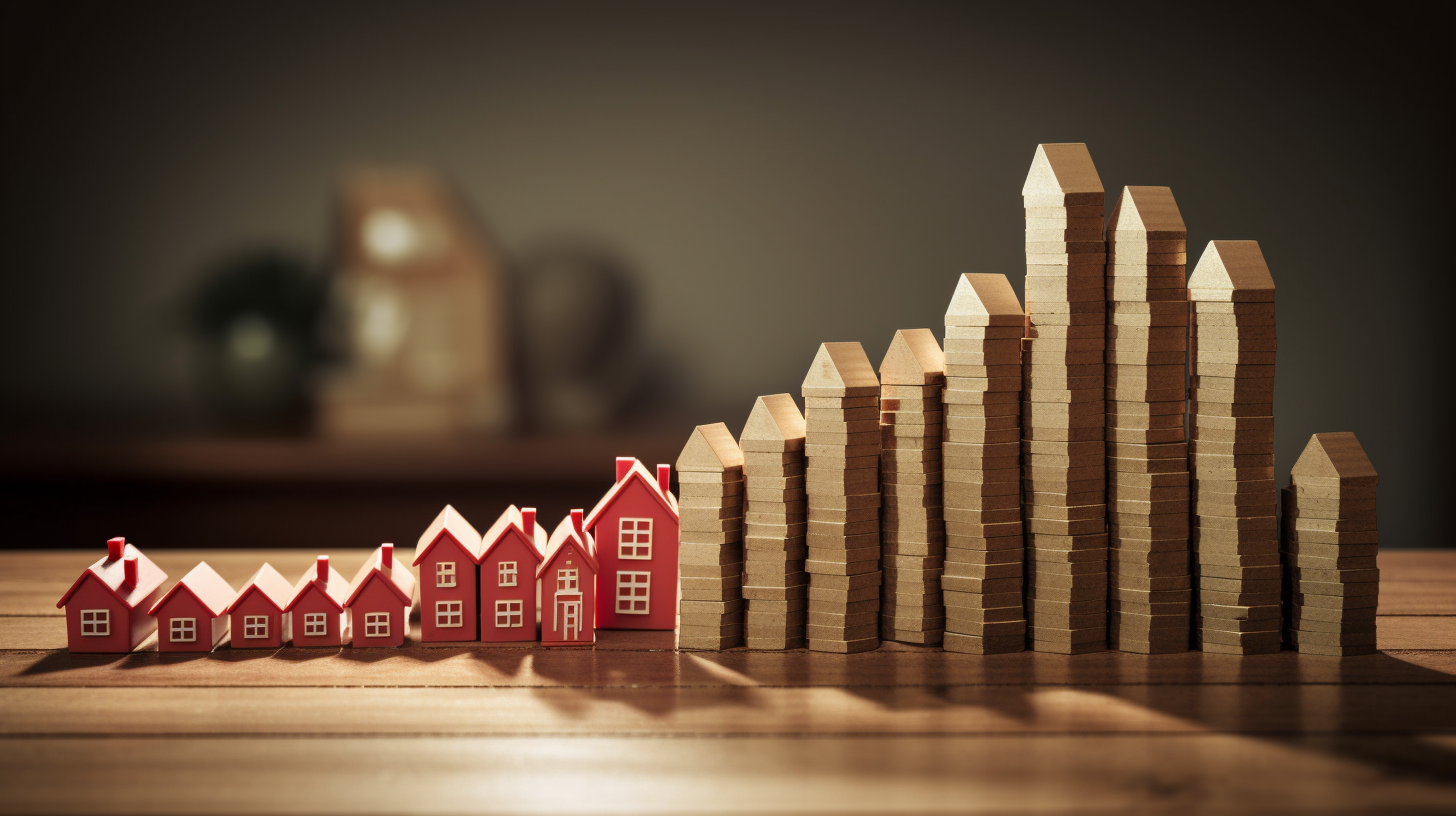| Key Points – Fed Chair Powell introduces the term “recalibration” to describe current monetary policy adjustments. – The recalibration aims to maintain economic expansion and safeguard the labor market. – The move reflects a shift from a rigid inflation focus to balancing economic growth. |
Federal Reserve Chair Jerome Powell introduced a new term—“recalibration”—to describe a significant shift in the central bank’s monetary policy following its latest decision to cut interest rates. At a press conference after the recent Federal Open Market Committee (FOMC) meeting, Powell used the term to explain the Federal Reserve’s decision to reduce rates by 50 basis points without signs of major economic distress. The recalibration signals a transition from aggressive inflation-targeting measures toward a broader focus on maintaining economic expansion and securing a healthy labor market.
The half-point rate cut surprised markets and marked the first major rate cut beyond the typical 25 basis points in recent memory. Asset prices responded positively, with both the Dow Jones Industrial Average and the S&P 500 soaring to new highs. Investors took Powell’s recalibration narrative as a sign that the Fed is not panicking about the economy but instead taking preemptive measures to keep growth on track.
Economists, such as PGIM’s Tom Porcelli, pointed out that the recalibration allows the Fed to communicate that this easing cycle is about extending economic growth, not reacting to an imminent recession. This broader narrative shift gives the Fed more flexibility in its rate-cutting strategy, focusing on stabilizing the labor market while inflation moves closer to the 2% target.
Powell’s recalibration rhetoric also marks a clear distinction from previous buzzwords that haven’t always aged well. For instance, his infamous claim that inflation was “transitory” in 2021 eventually backfired as the Fed had to embark on an aggressive rate hike cycle. This new approach, however, aims to prevent any further economic slowdown, making adjustments in anticipation rather than reaction.
Some analysts, like JPMorgan’s Michael Feroli, still expect further rate cuts if the labor market continues to soften. Indeed, Powell emphasized that the recalibration is meant to “support the labor market” before any substantial downturn. While the economy remains relatively healthy, job creation has slowed recently, giving further justification for the recalibration.
Ultimately, Powell’s recalibration represents a shift in the Fed’s policy approach, focusing on broader economic health rather than just inflation control. Markets remain optimistic that this approach will provide stability and fuel further economic expansion.














